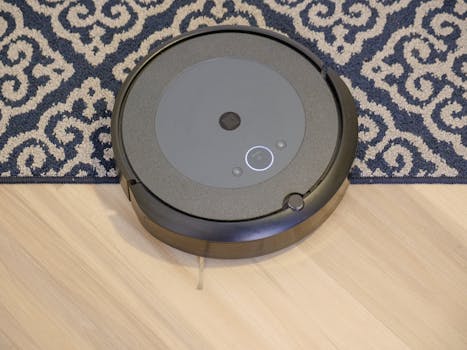
Smart Homes and Smart Living: The Technological Transformation of European Homes by 2025
Smart Homes and Smart Living is the future of European homes. By 2025, homes will be equipped with advanced technologies that make living easier, more convenient, and sustainable. The concept of smart homes has been around for several years, but it’s only recently that it has started to gain traction. With the increasing demand for energy efficiency, security, and convenience, smart homes are becoming the norm.
What are Smart Homes?
Smart homes are homes that are equipped with advanced technologies that can be controlled and monitored remotely. These technologies include thermostats, lighting systems, security cameras, and home appliances. Smart homes can be controlled using a smartphone app, voice commands, or a central control panel. The idea behind smart homes is to make living easier, more convenient, and sustainable.
Benefits of Smart Homes
There are several benefits of smart homes. Some of the benefits include:
- Energy Efficiency: Smart homes can help reduce energy consumption by automatically turning off lights, thermostats, and home appliances when not in use.
- Security: Smart homes can be equipped with security cameras and alarm systems that can be monitored remotely.
- Convenience: Smart homes can be controlled remotely, making it easier to manage your home even when you’re not there.
- Sustainability: Smart homes can help reduce waste and promote sustainable living.
The Future of Smart Homes in Europe
By 2025, it’s estimated that over 50% of European homes will be equipped with smart home technologies. This is driven by the increasing demand for energy efficiency, security, and convenience. The European Union has also set targets to reduce energy consumption and promote sustainable living, which is driving the adoption of smart home technologies.
Technological Transformation of European Homes
The technological transformation of European homes is being driven by several factors, including:
- Internet of Things (IoT): The IoT is a network of physical devices, vehicles, home appliances, and other items that are embedded with sensors, software, and connectivity, allowing them to collect and exchange data.
- Artificial Intelligence (AI): AI is being used to develop intelligent systems that can learn and adapt to the behavior of occupants.
- 5G Networks: The rollout of 5G networks is providing faster and more reliable connectivity, enabling the widespread adoption of smart home technologies.
Challenges and Opportunities
While the technological transformation of European homes presents several opportunities, there are also challenges that need to be addressed. Some of the challenges include:
- Security: Smart homes are vulnerable to cyber threats, which can compromise the security of occupants.
- Privacy: Smart homes can collect and store large amounts of personal data, which raises concerns about privacy.
- Cost: Smart home technologies can be expensive, making them inaccessible to many people.
Conclusion
Smart homes and smart living are the future of European homes. By 2025, homes will be equipped with advanced technologies that make living easier, more convenient, and sustainable. While there are challenges that need to be addressed, the opportunities presented by the technological transformation of European homes are significant. As the demand for energy efficiency, security, and convenience continues to grow, smart homes will become the norm, transforming the way we live and interact with our homes.





